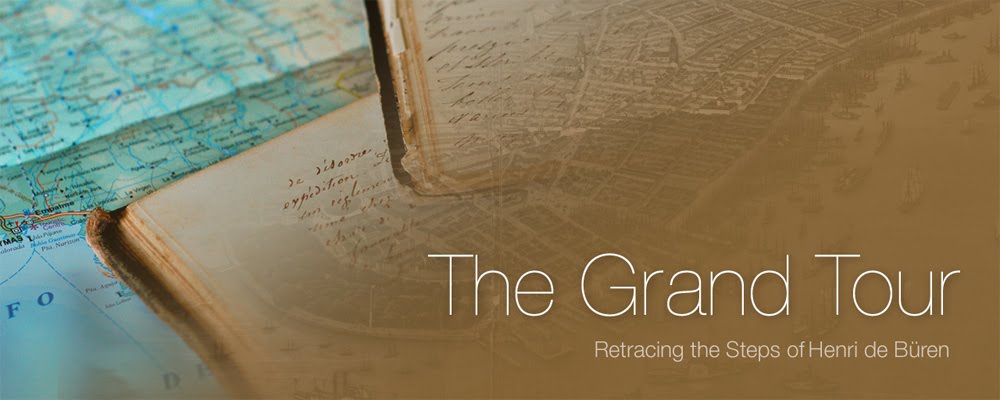The following article was sent to me by a good friend in Lima. It appeared in the New York Times in 1853. It highlights the search for gold in Peru and focuses on General O’Brien but more importantly for me it mentions Don Manuel Ijurra, and the 1853 expedition that my great-great-grandfather took part in.
Señor Ijurra was paid a handsome sum for organizing the expedition and it appears that his aims transcended merely setting up a farming outpost deep in the jungle. Could the promise of Gold have lured those in the expedition? There was/still is a great deal of Gold in Peru as the Yanacocha mine near Cajamarca attests. The article also mentions gutta percha or a natural form of rubber. The rubber boom would not occur until some 30 years later but its importance as a Peruvian resource was already established.
The New York Times, June 11, 1853
Gold in Peru – Gen. O’Brien’s Exploratiions.
"These are the topics of an article in the Valparaiso Mercurio, for April 19. Gen. O’Brien, a native of Ireland, resided for many years in South America, and was the illustrious comrade of San Martin in the battles of Chacabuco and Maipio. In 1828, he returned again from his native land to Brazil, with Mr. Ed. Crawford, the miner, in his company. From Rio Janeiro they pushed into the frightful solitudes of the Brazilian territory, armed with such trinkets as are the most successful implements for keeping peace with savages, until they met the gold-washers in the moutains of the Yungos Paucartambo and Cuzco. During four months and a half O’Brien disappeared, and no notice was had of him until his return, in which he made known and gave proof, consisting of various grains of pure gold, and two wallets full of the sands of the rivers Ninto, Milagro and “Erin’s Gold River,” of his discoveries.... General O’Brien traveled the banks of the rivers for more than twenty leagues, and in all that course he met the gold scattered in abundance, like scales of fishes.
Gen. Gamarra, who then governed the Peruvian Republic, offered O’Brien two hundred men and four pieces of artillery, that he might undertake another excursion; and O’Brien, on his part, guaranteed to pay the internal and foreign debt of Peru in a certain number of years. Just then occured the war of the Confederation with Bolivia, and all the projects were overthrown, But it seems now that the General is about to carry out his undertaking, and attempt his entry into the Cunchos Territory, assisted by the men and artillery of the Government, expecting to find, along the three auriferous rivers of his former discoveries, gold in such abundance as will eclipse the fields of California and Australia.
General Echenique (actual President) has contracted for two coasting steamers of 50 tons for the navigation of the deep rivers of the country, and to connect with Amazons the valleys of Cuzco, Carravalla, Paucartambo, Huanica, etc., and so make an easy egress to the Atlantic for their alpaca wools, cascarillas, fine and rare woods, gutta percha (rubber), and other valuable productions, which are not now cultivated, on account of the immense distance and difficulty of the route to the ports of Callao, Islak and Arica.
The celebrated Igurri under promise of aid to the extent of an appropriation of $ 100,000 from the Peruvian Government, is preparing to take 250 Germans, Italians and French to the shores of the river Ucalaya and the Napro, to develop the resources of those quarters.
The property in gold-washings belongs exclusively to Gen. O’Brien, says the Mercurio. The Chambers have also given him the exclusive right of exporting gutta percha (rubber) for ten years."











































